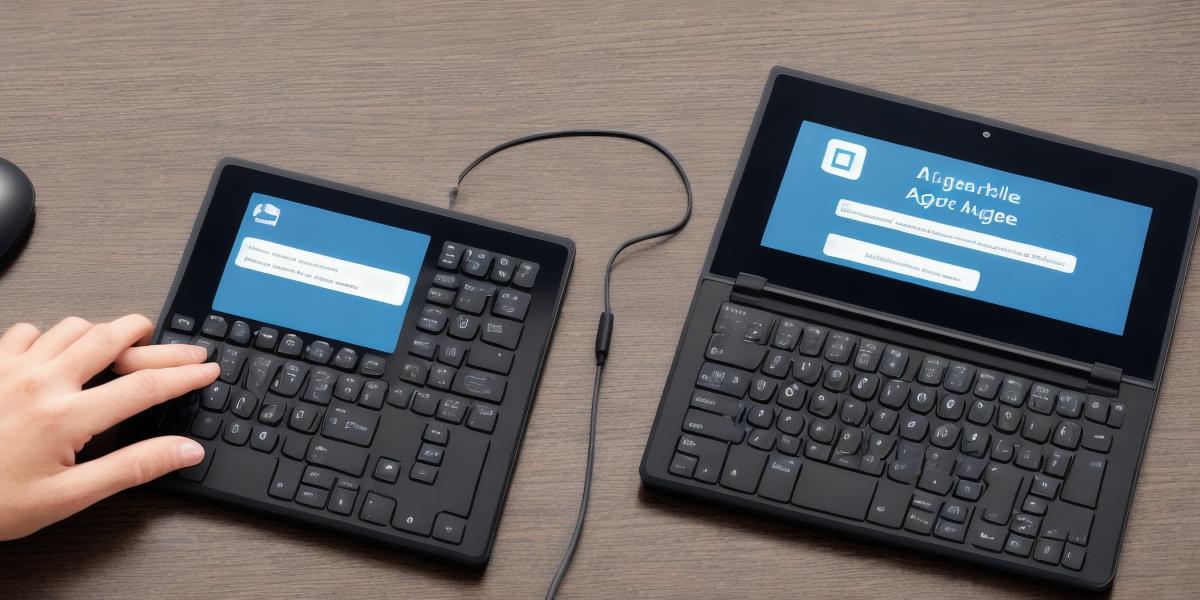In today’s fast-paced, technology-driven world, logging into online accounts has become an essential part of our daily lives. Whether you’re checking email, shopping online, or accessing your favorite social media platforms, having a secure and easy-to-use login process is crucial for protecting your personal information and staying connected to the world.
In this guide, we’ll walk you through the steps to log in to a website or online account, including best practices for creating strong passwords, enabling two-factor authentication, and protecting yourself from phishing scams. So sit back, relax, and let’s dive into the world of logging in!
Step 1: Find Your Login Page
The first step in logging into a website or online account is to find the login page. This page is usually located on the homepage of the website or accessed through a link from the website’s main menu or footer. Once you find the login page, you will typically be asked to enter your username and password.
Step 2: Create Strong Passwords
Creating strong passwords is essential for protecting your online accounts from hackers and cybercriminals. A strong password should be at least 12 characters long, contain a mix of uppercase and lowercase letters, numbers, and symbols, and avoid using personal information such as your name or birthdate. It’s also important to use a different password for each account and change them regularly to stay secure.
Step 3: Enable Two-Factor Authentication
Two-factor authentication (2FA) is an extra layer of security that requires you to provide two forms of identification before accessing your account. This can include something you know, such as a password, and something you have, such as a one-time code sent to your phone or email. Enabling 2FA on your accounts can help protect you from phishing scams and other types of hacking attempts.
Step 4: Be Cautious of Phishing Scams
Phishing scams are a common tactic used by cybercriminals to steal personal information, including login credentials. These scams typically take the form of emails, text messages, or phone calls that appear to be from legitimate sources such as banks or social media platforms. To protect yourself from phishing scams, always verify the sender’s identity before clicking on any links or entering any personal information.
Step 5: Stay Up-to-Date with Security Measures
Staying up-to-date with the latest security measures is essential for protecting your online accounts from hackers and cybercriminals. This includes regularly updating your software, using reputable antivirus and firewall programs, and enabling automatic updates on your devices. It’s also important to stay informed about the latest threats and trends in cybersecurity by following reputable news sources and staying active on social media platforms.
Step 6: Protect Yourself from Password Theft
Password theft is a common tactic used by hackers to gain access to online accounts. To protect yourself from password theft, avoid using easily guessable passwords such as "password123" or "qwertyuiop." It’s also important to use a reputable password manager to store and manage your passwords securely. This will help you create strong, unique passwords for each account and make it easier to remember them without having to write them down.

Summary
Logging into online accounts is an essential part of our daily lives, but it’s also important to take steps to protect ourselves from hackers and cybercriminals. By following these six steps, you can stay secure and confident that your personal information is protected.



